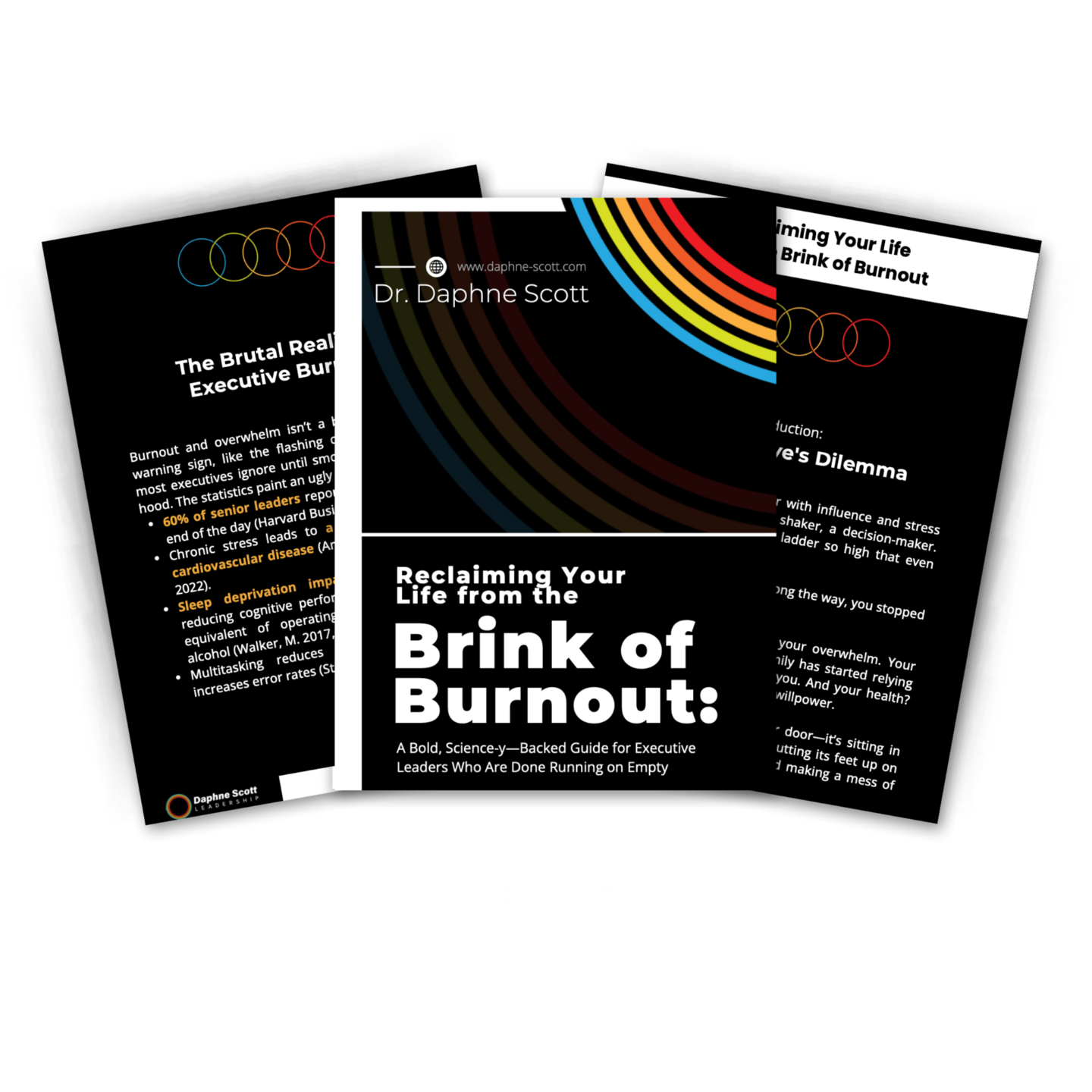Ep 16 Feelings Unveiled: Part 1
This episode is part 1 of our topic on feelings. What are they, where do they come from…and how do we get rid of them? (Just kidding!) Of all the things we contend with in a day, feelings are probably the most straight forward and also the most confusing things in our daily life. Today's episode came about from last week's show when we touched a point on ‘making a request’ and I mentioned essentially ‘spiritually bypassing’ a feeling. We discuss our experience with our own feelings, how to identify a feeling in our body and the main group of feelings that we can work with. We also share why labeling a feeling can be helpful. Stay tuned for next week's show when we talk about how to really work with our feelings as energy that flows through our body.
What is Spiritual Bypassing?
Spiritual bypassing is a term first coined by psychologist John Welwood in the early 1980s. It describes a behavior in which individuals use spiritual ideas and practices to sidestep or avoid facing unresolved emotional issues, psychological wounds, and unfinished developmental tasks. Essentially, it's the use of spirituality to avoid dealing with personal problems, painful feelings, and fundamental emotional and psychological needs.
Some common manifestations of spiritual bypassing include:
- Overemphasizing the positive and avoiding the negative, often described as "toxic positivity."
- Using spiritual beliefs as a justification for avoiding difficult situations or denying painful emotions.
- Displaying an apparent calmness or detachment as a way to hide from one's true feelings.
- Claiming that certain emotions are "illusions" or "not real."
- Often stating that one should focus only on being spiritual, which can mean neglecting physical or emotional well-being.
- Using spiritual practices like meditation or prayer to escape from dealing with personal issues or conflicts.
The concept of spiritual bypassing highlights the importance of a balanced approach in spiritual practice, one that integrates rather than alienates personal and emotional development. It encourages individuals to confront, rather than bypass, their personal issues as part of their spiritual growth.
A feeling generally refers to an emotional state or reaction. It can encompass a wide range of subjective experiences including emotions such as happiness, sadness, anger, or fear. Feelings are often a response to stimuli, either external events or internal thoughts, and they can affect one's mood and behavior.
-
In psychological terms, feelings are typically differentiated from thoughts and moods:
- Thoughts are the mental processes of considering, reasoning, or remembering.
- Feelings are subjective experiences associated with emotions and mood and include sensations occurring in and on the body.
- Moods are longer-lasting emotional states that do not necessarily have a specific identifiable trigger.
Feelings are also an integral part of human perception and can involve physical sensations, as when someone says they have a "gut feeling" about something. They play a crucial role in decision-making, interpersonal relationships, and personal well-being.
We also discuss the Cognitive/Emotional Loop:
-
Cognitive/Emotional Loop
The cognitive/emotional loop is a concept used in psychology to describe the continuous and dynamic interplay between our thoughts (cognitions) and our emotions (feelings). This loop underscores how thoughts can trigger emotions, and how those emotions, in turn, can influence and generate new thoughts. Understanding this loop is crucial in cognitive behavioral therapy (CBT) and other therapeutic approaches that seek to manage psychological disorders by breaking or modifying unhelpful patterns in this cycle.
Here's a closer look at how the cognitive/emotional loop works:
- Initiation: The loop often begins with a specific event or situation that triggers a thought. This thought can be about the event itself, its implications, or anticipated consequences.
- Cognitive Response: The initial thought leads to a cognitive response, which involves the interpretation or personal meaning attached to the event. This interpretation is heavily influenced by individual beliefs, past experiences, and current mood.
- Emotional Reaction: The cognitive response then triggers an emotional reaction. This emotion is based on how the individual has interpreted the event. For example, interpreting a comment from a friend as criticism might lead to feelings of sadness or anger.
- Further Cognition: The emotion can then influence further thoughts. For example, feeling sad might lead to thoughts like "Nobody likes me" or "I always mess up," which can exacerbate the emotional response.
- Behavioral Outcome: Both the thoughts and the emotions can lead to certain behaviors. For instance, if someone feels anxious and thinks they are in danger, they might avoid certain situations or people, reinforcing the anxiety.
- Feedback Loop: The behaviors and the subsequent outcomes of these behaviors can influence new thoughts, continuing the loop. This feedback mechanism can either reinforce the initial cognitive and emotional patterns, making them more entrenched, or it can help adjust them.
Breaking or modifying this loop is often the focus of therapeutic interventions. Techniques like cognitive restructuring (challenging and changing unhelpful thoughts) and emotional regulation (learning to manage the intensity and expression of emotions) are used to intervene in this loop, aiming to produce healthier thought patterns and emotional responses. This can help reduce the psychological distress and improve overall mental health.
Stay tuned for next week's episode when we discuss how to work with our emotions and how to shift our emotional states.
References mentioned in the show:
If you're interested in getting world-class coaching with Cliff, find him at Cliff Ravenscraft Work With Me.
You can also pick up your very own copy Daphne's book, Waking Up A Leader: The Five Relationships of Success. It provides specific exercises and approaches to the five key relationships we work with in our daily lives.

